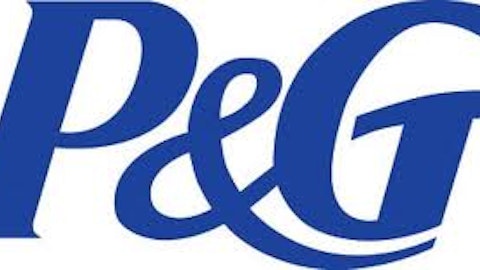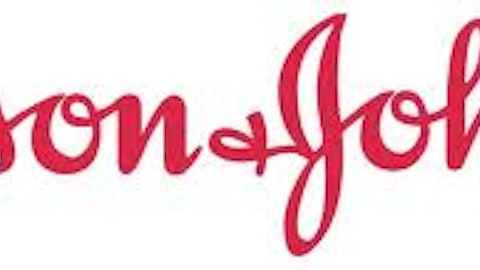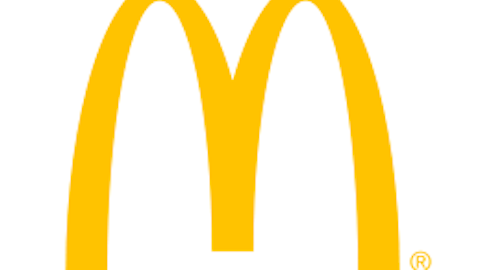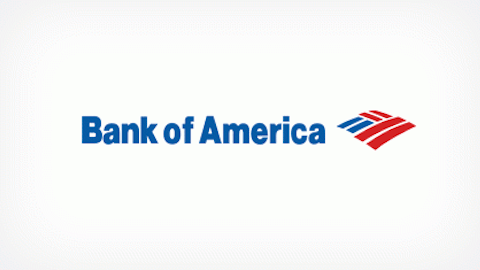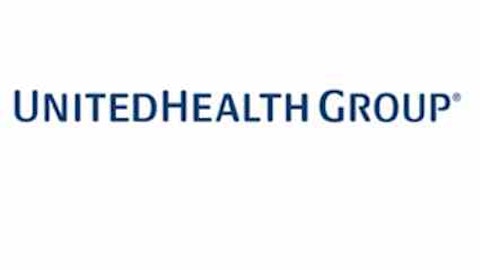On this day in economic and financial history …
The President, Directors, and Company of the Bank of the United States was established by federal charter on Feb. 25, 1791. It was the first central bank of the United States and is thus commonly simply referred to as the First Bank of the United States.
As a private corporation with shares held largely by the public, the bank was a contentious focal point of political debate between Alexander Hamilton’s Federalists and Thomas Jefferson’s small-government Democratic-Republicans. The Jeffersonians, concerned that the bank would bring unwelcome strength to the federal government, argued against any action not explicitly delineated by the Constitution. Hamilton countered with the argument that has fueled government expansion ever since, which is that the government’s powers were only limited by what the Constitution explicitly withheld, not that which it failed to mention. This argument carried the day, and President George Washington signed the bank’s bill into law.
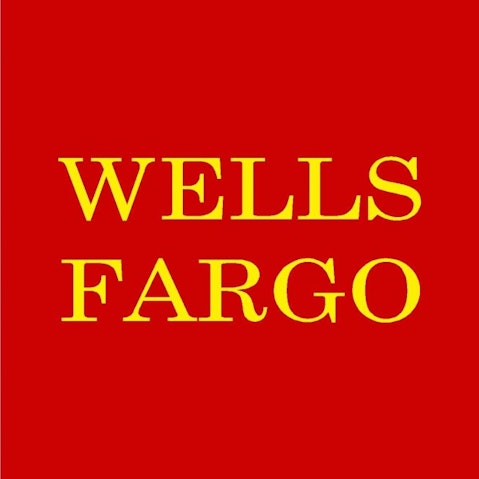
The bank’s initial public offering in July of 1791 was the largest such event in the young country’s history, as the $8 million of offered shares were quickly snapped up by the nation’s elite. The federal government held another $2 million in shares, and many Congressmen were among the first buyers, which made the bank’s success inextricably linked to the fortunes of its governing body. A brief but intense bubble developed around the bank’s stock, which rocketed from $25 per share at its IPO to more than $300, before plunging back to $150 per share in the course of a few days.
Despite its implied role as a central bank, the bank was devised far more in the style of a powerful merchant bank. It operated eight branches, in addition to its Philadelphia headquarters, all of which performed traditional banking functions in addition to the bank’s taxing and depository functions for the federal government. When its branches first opened, they served many of the moneyed interests of the country, including landowners, merchants, manufacturers, and politicians.
The bank’s size and scope in pre-industrial America made it the nation’s largest enterprise, and its perception as a tool for wealth agglomeration in the hands of the already wealthy further hardened the Jeffersonian faction against it. The bank’s rechartering was narrowly defeated in the Senate in 1811, and it ceased to operate as America’s central bank thereafter. Its Philadelphia assets were purchased by banker Stephen Girard, who reopened the bank under his own name. It operated continuously as an independent bank until 1983, when it was bought by Mellon Bank.
Today, what remains of the First Bank of the U.S. is part of BNY Mellon , which makes that bank not only the owner of what was once America’s first central bank, but also the owner of the nation’s first savings bank. BNY Mellon’s lineage can be traced all the way back to the first publicly traded bank in the United States as well, which gives it a trifecta of firsts that no other bank can match.
While some big banks continue to limp through their post-crisis recovery, Bank of New York Mellon (NYSE:BK) has bounced right back. Though the bank is an 800-pound gorilla in the custody and asset-management business, a new regulatory environment could be either a big new opportunity or a considerable risk. To help figure out whether this banker’s bank is worthy of a spot on your watchlist, you’re invited to check out The Motley Fool’s new premium research report on BoNY. Click here now to claim your copy, and receive a full free year of key updates and guidance as news develops.
